Buy the photo Salt marsh area from altitude north groningen by Hans Hut on canvas, ArtFrame, poster and wallpaper, printed on demand in high quality.
About "Salt marsh area from altitude north groningen"
by Hans Hut
About the artwork
From the heights, the silent wonder of Groningen's coastal landscape unfolds: a wide, breathing panorama where time seems to slow down.
You see the mainland, sleek and ordered, where fields lie in rectangular patterns like patchwork, modest in colour but rich in history.
Then comes the dike - the hero of the landscape - like a green line protecting the land from the tide.
Behind the dike begin the salt marshes, the transitional zones between man and sea.
At first, you see the higher salt marshes: salty, firm and overgrown with bushes of seaweed and sea lavender that turn a soft purple in summer.
Further out, the colours sink into grey-green, the ground lower and wetter, where the footsteps of birds remain and the wind has free rein.
And then come the mudflats: shimmering, smooth, almost liquid.
Here the mudflats live in silence - with just the cawing of a gull or the glimpse of a mudflat in the distance.
If you look closely, you can see rows of wooden posts disappearing into the mud, remnants of old land reclamation works.
As if the landscape whispers about man's struggle with the sea, again and again, generation after generation.
In this picture, you see no borders - only transitions. Everything flows into each other.
A place where earth and water do not face each other, but embrace.
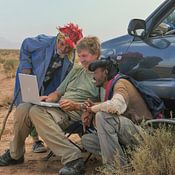
About Hans Hut
Hello I am Hans . My technical training and work come in handy when it comes to my work as a photographer and filmmaker. The now many decades that I have been involved in photography give me the support and experience needed to know what is really special. Form and.. Read more…
 Germany
Germany Ordered in October 2019
Ordered in October 2019
 Netherlands
Netherlands Ordered in August 2023
Ordered in August 2023
 Netherlands
Netherlands Ordered in January 2020
Ordered in January 2020
 Netherlands
Netherlands Ordered in November 2020
Ordered in November 2020
 Germany
Germany Ordered in January 2022
Ordered in January 2022
 Netherlands
Netherlands Ordered in April 2021
Ordered in April 2021
 Netherlands
Netherlands Ordered in January 2020
Ordered in January 2020
 Germany
Germany Ordered in August 2019
Ordered in August 2019
 Germany
Germany Ordered in April 2020
Ordered in April 2020
 Netherlands
Netherlands Ordered in April 2023
Ordered in April 2023
 Germany
Germany Ordered in September 2020
Ordered in September 2020
 Germany
Germany Ordered in May 2022
Ordered in May 2022
About the material
ArtFrame™
Interchangeable Art Prints
- High-quality print
- Easily interchangeable
- Acoustic function
- Large sizes available
Discover the artworks of Hans Hut
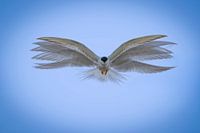 'Art of flight' of the common ternHans Hut
'Art of flight' of the common ternHans Hut Black-tailed godwit with young under its wingsHans Hut
Black-tailed godwit with young under its wingsHans Hut horses surprised during flood over salt marshHans Hut
horses surprised during flood over salt marshHans Hut bluethroat courtship flight 'art of flight'Hans Hut
bluethroat courtship flight 'art of flight'Hans Hut Rest and reeds in a winter landscape with snowHans Hut
Rest and reeds in a winter landscape with snowHans Hut terns in sunny attackHans Hut
terns in sunny attackHans Hut With the draft horse and hand to the plough black and whiteHans Hut
With the draft horse and hand to the plough black and whiteHans Hut horse and cart with Kaphout in senegalHans Hut
horse and cart with Kaphout in senegalHans Hut Travelling with goats and cattle as a nomad in NigerHans Hut
Travelling with goats and cattle as a nomad in NigerHans Hut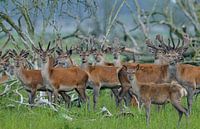 red deer in the oostvaardersplassenHans Hut
red deer in the oostvaardersplassenHans Hut Short-eared owl looks around carefullyHans Hut
Short-eared owl looks around carefullyHans Hut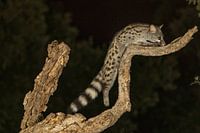 Genet cat at night He looks somewhat like a cat, closely related to mongooses.Hans Hut
Genet cat at night He looks somewhat like a cat, closely related to mongooses.Hans Hut Genet cat at night He looks somewhat like a cat, closely related to mongooses.Hans Hut
Genet cat at night He looks somewhat like a cat, closely related to mongooses.Hans Hut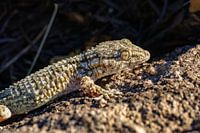 A wall gecko on a warm rock with moss.Hans Hut
A wall gecko on a warm rock with moss.Hans Hut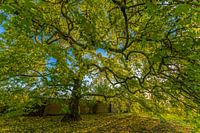 Old sycamore tree with jagged branches like and full of autumnal leaves I the yellow sunlight.Hans Hut
Old sycamore tree with jagged branches like and full of autumnal leaves I the yellow sunlight.Hans Hut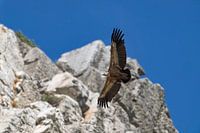 Valley vulture hovers over us and makes a turn through the rocksHans Hut
Valley vulture hovers over us and makes a turn through the rocksHans Hut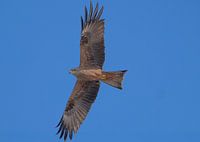 black kite flying to africa comes flying over us at TarifaHans Hut
black kite flying to africa comes flying over us at TarifaHans Hut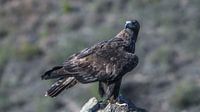 The golden eagle looks around and is always alert in the mountains of Spain.Hans Hut
The golden eagle looks around and is always alert in the mountains of Spain.Hans Hut Hare in last light chews on a blade of grassHans Hut
Hare in last light chews on a blade of grassHans Hut Little owl perches on a rock in greeceHans Hut
Little owl perches on a rock in greeceHans Hut
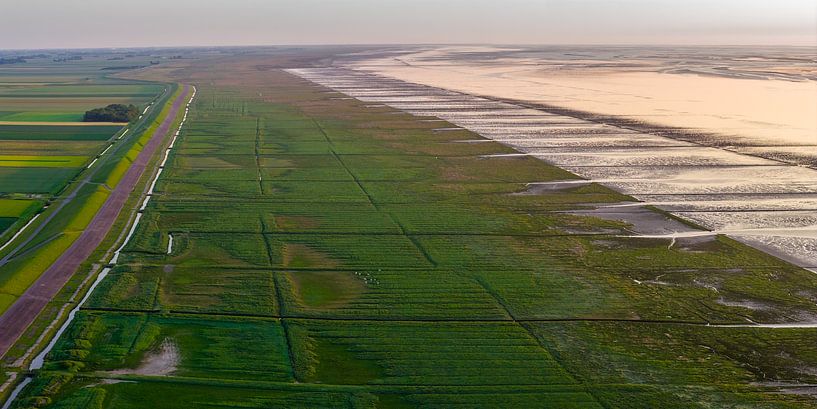


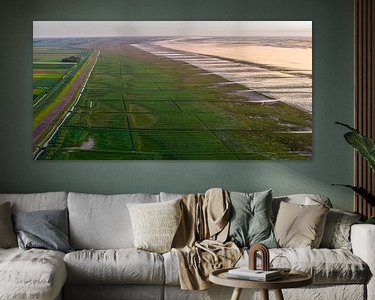

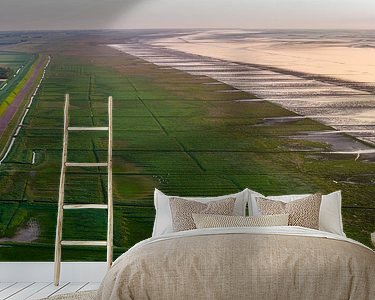




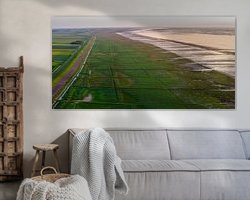


 Aerial photography
Aerial photography Photo wallpaper
Photo wallpaper Photography
Photography Serene Peace
Serene Peace Wadden Islands and Wadden Sea
Wadden Islands and Wadden Sea









